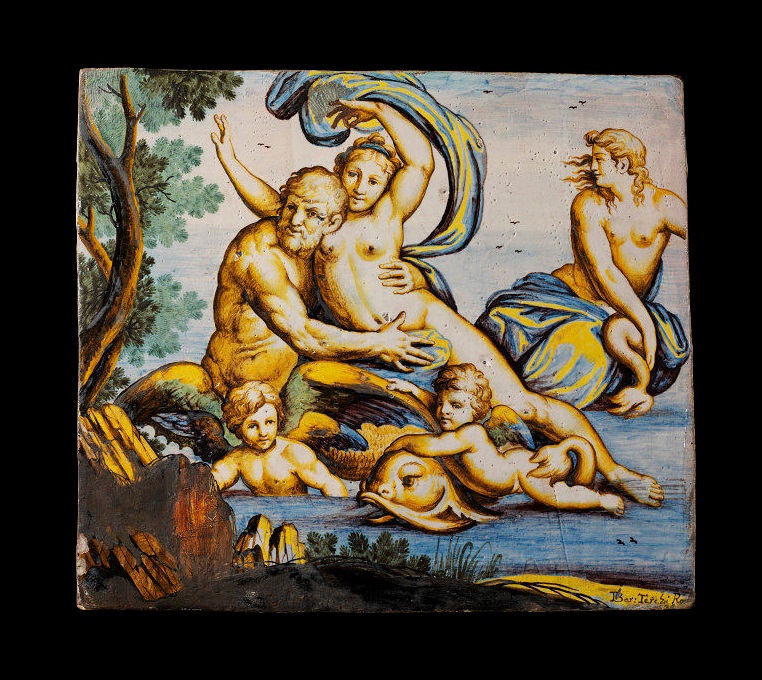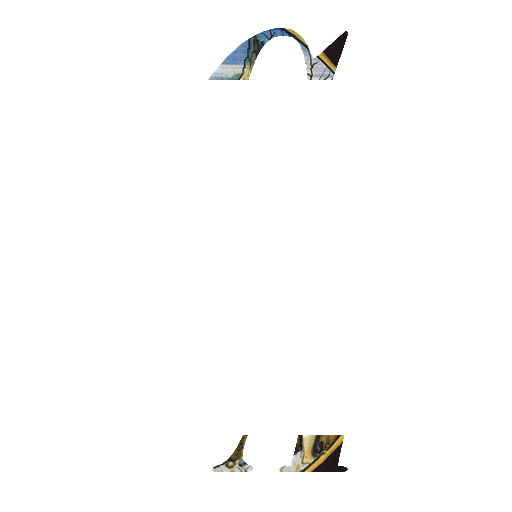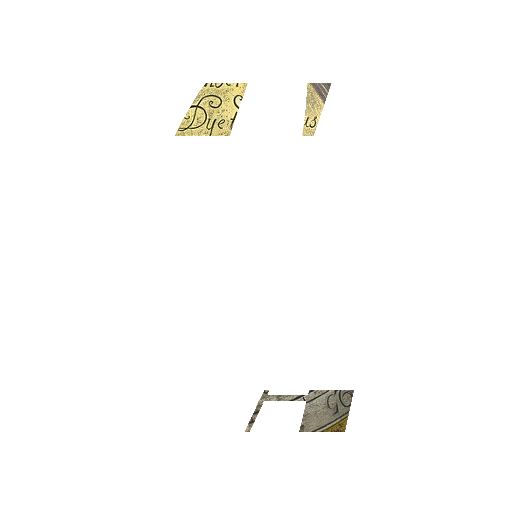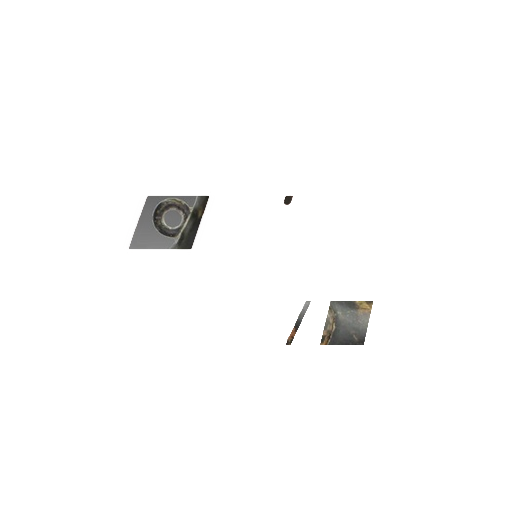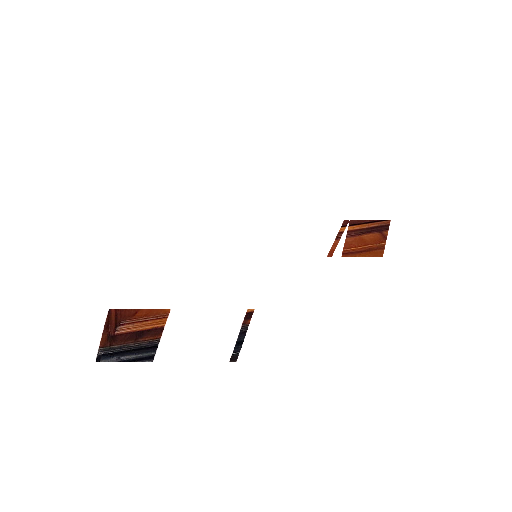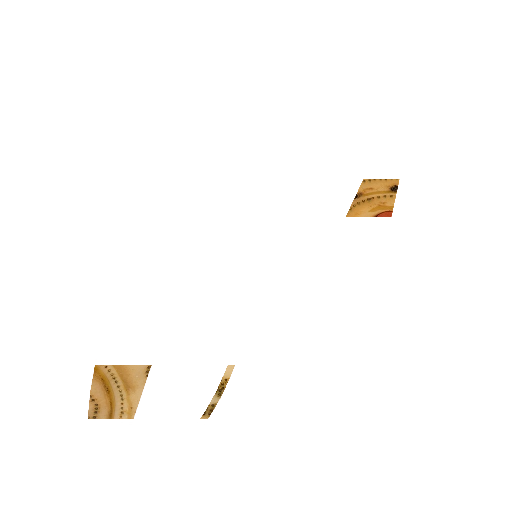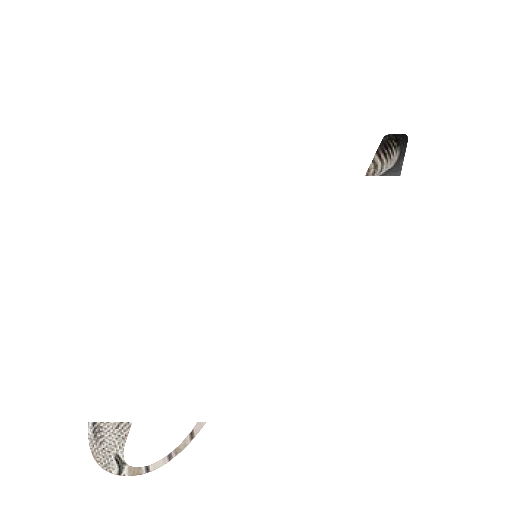Siena in the Middle Ages was the seat of a powerful republic which rivalled Florence and Pisa. Though now greatly decayed, some of its churches still show the fine work of Luca and Andrea della Robbia, in altar-pieces and groups. The discovery of a pavement composed of four hundred and seventy-two tiles, in the Petrucci Palace, drew attention to the majolica produced here. They are dated 1509. The border is beautifully painted with grotesques and figures of children, in various colours upon a black ground, an unusual style, which also occurs on the border of a large dish in the British Museum, and is said to be almost peculiar to this botega. About 1510 an able artist, Maestro Benedetto, decorated some of the ware, including a plate painted in blue with " 5t. Jerome in the desert," signed on the reverse " f ata in Siena da m° benedetto," and another is known painted with " Mutius Scaevola before Porsenna," surrounded by a border of grotesques on an orange ground, also signed " f ata i Siena da m° benedetto." Some specimens marked LP and F with I inside O are ascribed to this master because of the similarity of the decoration.
Passing to the 18ᵗʰ century brings us to Ferdinando M. Campani, the best ceramic artist of his time in Italy. A plate, " The Creation of the Stars," reveals the skill of this artist. It is in the British Museum, and has the inscription; "I'eydinando Canafiani Senese dipinse 1733."
Another piece signed by him is at South Kensington. At the present day, reproductions of the old majolica, due to efforts of Signor Pepi, in Siena, have reached the modern-antique market, with scratches and chips artistically applied. There can be no doubt, however, in the mind of any amateur who has seen the exquisite finish of the old ware, especially the bianco sofira bianco decoration which was highly favoured. Fortnum remarks on the productions of the early years of the 16ᵗʰ century, " In respect of their technical characteristics, and the tone and manner of their colouring and design, they are more nearly allied to the productions of the Caffaggiolo furnaces, from which in all probability the inspiration of them was derived." But possibly the Ferrara botega, in the castle, may have had some influence on Siena, for as early as 1436 the name of " Maestro Benedetto bocalero in Castello " is found, who, likely enough, may have been related to Benedetto of Siena. We do not know, but the speculation has some interest.
A SIENA MAIOLICA WINE COOLER
Tuscany (Siena c1730-c1740)
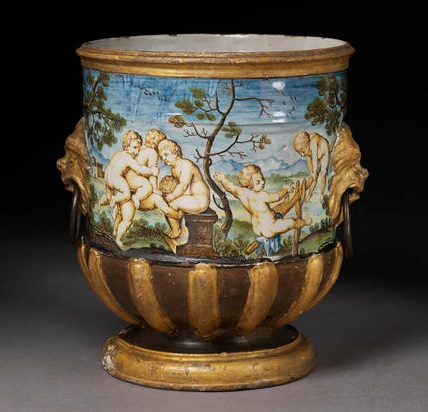
A SIENA MAIOLICA DISH
Tuscany (Siena c1500)
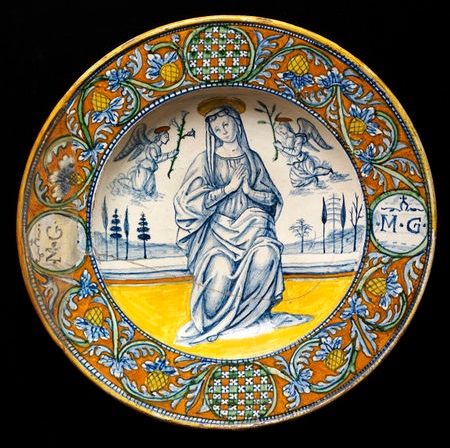
A SIENA MAIOLICA DRUG JAR
Tuscany (Siena c1510)
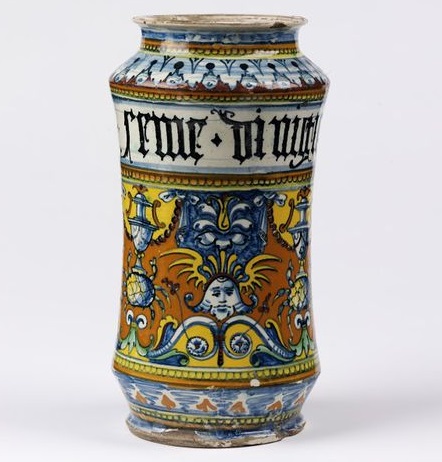
A SIENA MAIOLICA PLATE
Tuscany (Siena c1510)
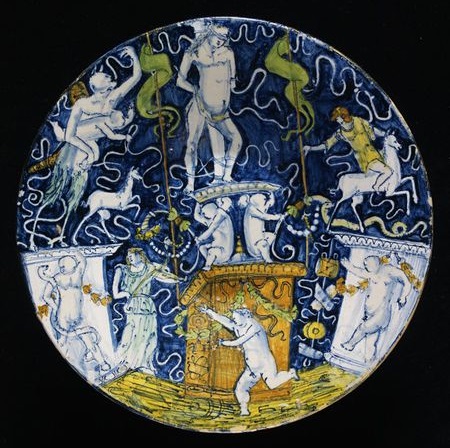
A SIENA MAIOLICA DISH
Tuscany (Siena c1490)
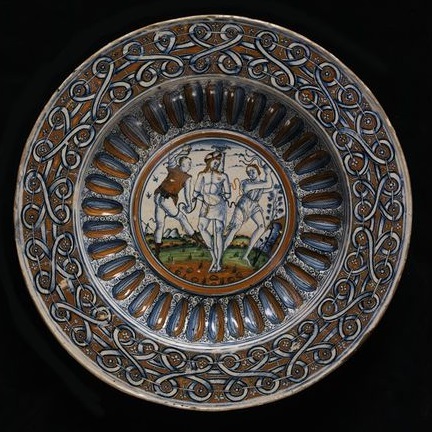
A SIENA MAIOLICA DRUG POT
Tuscany (Siena c1510)
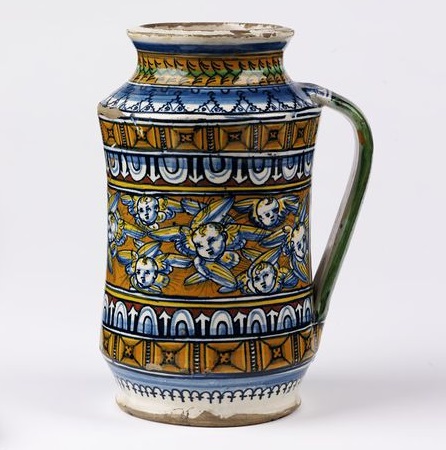
A SIENA MAIOLICA DISH
Tuscany (Siena c1510)
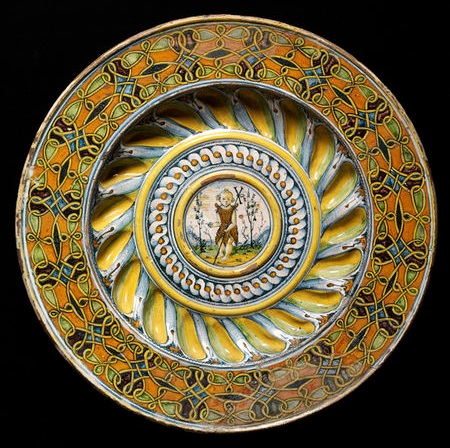
A SIENA MAIOLICA PLAQUE
Tuscany (Siena c1730)
